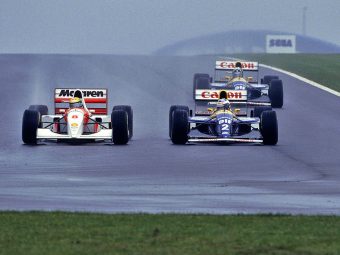Formula One will undergo sweeping rule changes in 2026, aimed at making racing more competitive than ever before. But we’ve seen this before—every five years or so, the FIA introduces new regulations with the same goal. However, one team inevitably finds a performance advantage and dominates. That’s how Formula One has always worked; rule changes and technical evolution rarely lead to closer racing.
Remember how Drag Reduction Systems (DRS) were introduced to improve overtaking? It kind of worked—the racing did get closer, but it also unintentionally created the so-called “DRS train.” The 2026 cars will be smaller, lighter, and faster, with reduced aerodynamic drag, all in an effort to promote… closer racing.
In the end, the engineers will refine the details, but will the new 2026 rules really result in more overtaking and tighter competition? Yes and no—or probably not much will change. The biggest issue with F1 cars remains the turbulent air, or “wake,” ejected from the rear of the car.
Wake air is similar to the disturbance left behind by a speedboat moving at high speed. Modern F1 cars, with their advanced aerodynamics, generate massive amounts of wake, creating turbulence that destabilizes the car following behind.
Anyway, the YouTube channel Formula Addict breaks down the details of F1’s 2026 rule changes.







